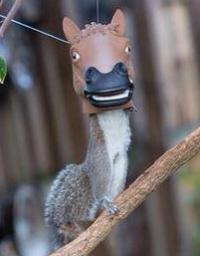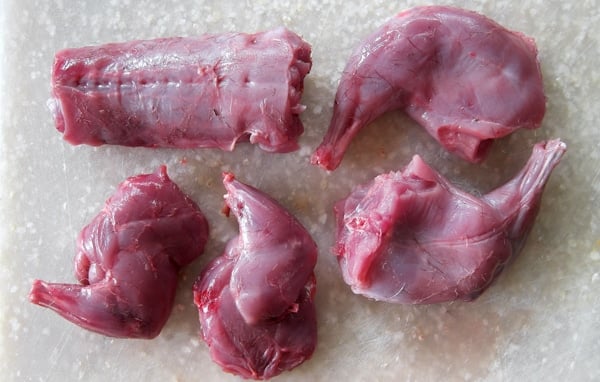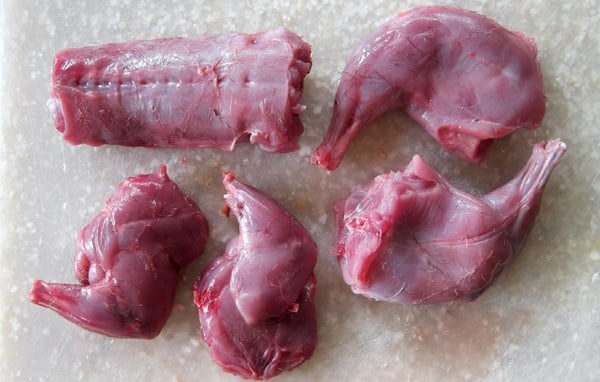At the University of Coimbra in central Portugal, there are bats in the biblioteca. They swoop through the stacks, winging over a first-edition of Dionysius of Halicarnassus’s "Roman Antiquities" and past a 15th-century book of hours and Homer's "Opera Omnia" — snapping up bugs as they go.
It’s one of two 18th-century Portuguese libraries where bats are welcome guests, allowed to stay for the bug-eating — and, by extension, manuscript-preserving — services they provide. And visitors to Portugal can see them for themselves.
In Coimbra, a colony of Common pipistrelle bats makes their home behind the bookshelves of the university’s Joanina Library, emerging at nightfall to consume flies and gnats and other pests before swooping out the library windows and across the hilltop college town in search of water. The service they provide is indispensable: They eat insects in the library that might otherwise feed on manuscript pages.
Whether the flittermice took up residence here 300 years ago, when the library was built, or more recently is unknown. Librarians do know they’ve been here since at least the 19th century; they still use fabric made from animal skin, imported from Imperial Russia, to cover the original 18th-century tables, protecting them from scat left by the library’s flying residents. And every morning, just as their forebears did, the librarians remove the skins and clean the library floors.






